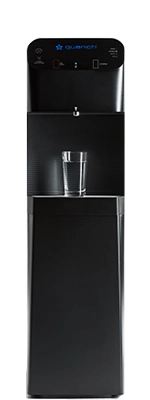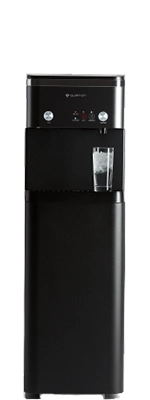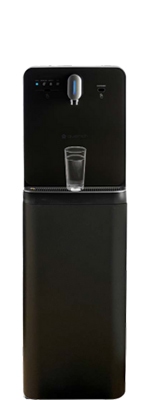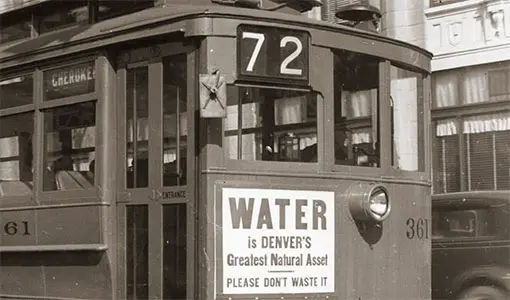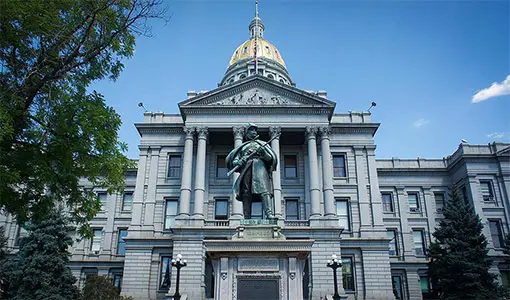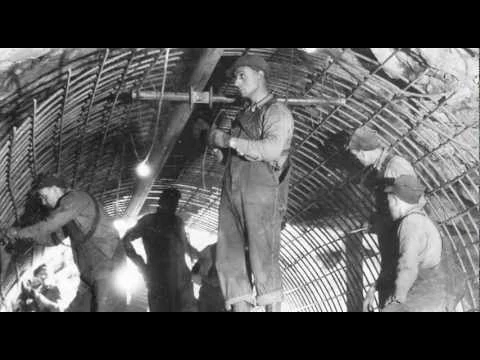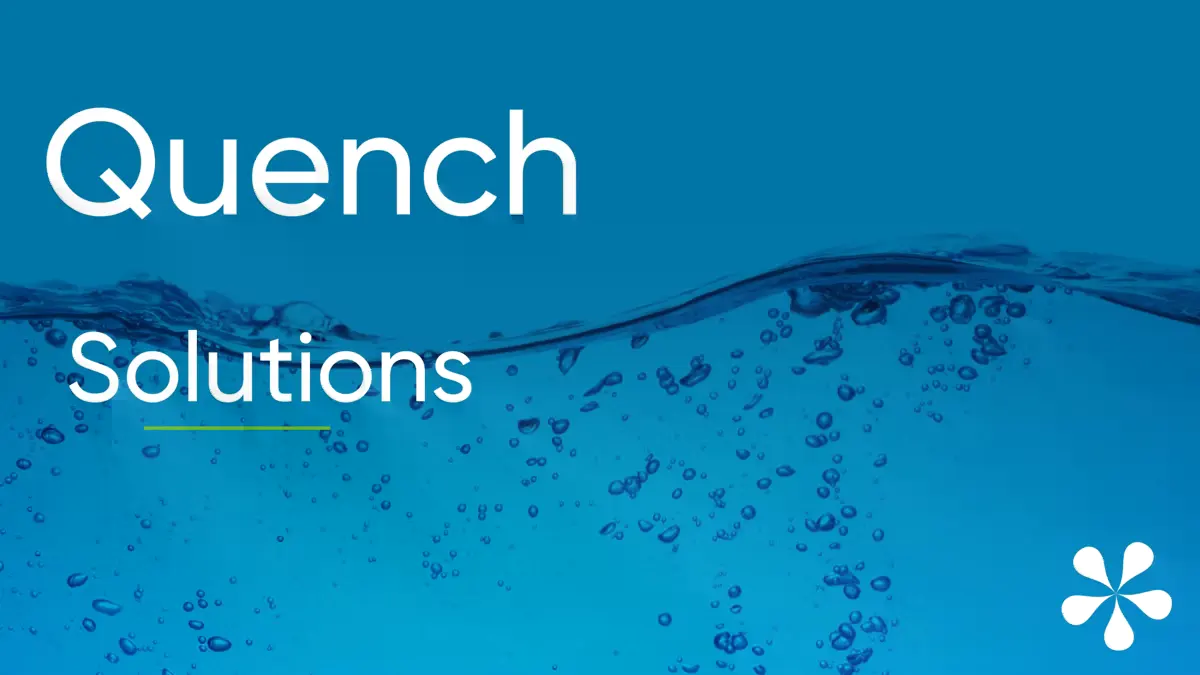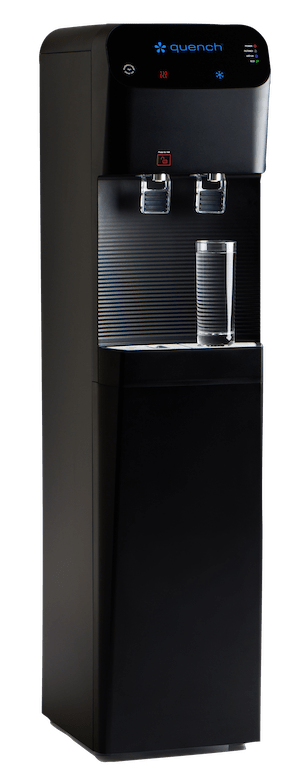Settlers who braved the long trek across the Rocky Mountains sought refuge on the shores of the South Platte River and Cherry Creek at Denver. Like the Native Americans who lived along the riverbanks, residents today can still trace Denver tap water to these bodies of water. Early sources of Denver drinking water came from surface wells and buckets, but soon gave way to more sophisticated water systems. Completed in 1867, City Ditch became the city’s first water system and turned Denver’s dusty plains into a thriving city. Denver also stands out as the first major US city to filtrate its water in 1884 (using a system of wood stave pipes) as well as the first to treat its water with chlorine, starting in 1911.
The Dust Bowl proved that water storage across the Midwest was just as vital as water management. Completed during one of the worst droughts in U.S. history, Eleven Mile Canyon Dam was the largest dam in the Denver system, and the Moffat Water Tunnel Diversion Project brought water across the continental divide. Learn more about the Moffat Water Tunnel construction by watching the video below:
The Cheesman Reservoir, completed in 1905, ended Denver’s reliance on in-town storage, wells, and streamflow. Standing tall at 221 feet high, Cheesman was the world’s tallest reservoir in its day. Later, The Williams Fork Reservoir carried Denver into the future after its expansion into a hydroelectric generating plant, still in operation today.
The current Denver water policy continues to demonstrate commitment to innovation. Today, Denver Water is a public agency funded by water rates and tap fees, instead of taxes, that operates independently from the city government. The agency manages 3,100 square miles and 3,000 miles of pipelines serving 1.5 million people.
Denver, a semi-arid metropolitan area, receives about 15 inches of precipitation annually. Along with the South Platte River, Denver drinking water originates from several sources, including Blue River, Williams Fork River, and the South Boulder Creek, Ralston Creek, Bear Creek, and Fraser River watersheds. While nearly 75% of the area’s water is located on the western side of the state, about 75% of the population lives on the east side, making distribution and conservation a top priority. The Cheesman and Williams Fork reservoirs, along with Eleven Mile Canyon Dam and the Moffat Water Tunnel, carry surface water across both sides of the continental divide.
According to the recent Denver Water Quality report, surface water sources carry risk of contamination from naturally occurring minerals as well as discharge from petroleum refineries, agricultural runoff, herbicide, and leaching from septic tanks. Denver Water relies on a sophisticated 5-step treatment system in plants throughout the area. However, Denver tap water can sometimes carry an “earthy” taste from naturally occurring algae or other organic material. In addition, homes built before 1951 may contain service lines that contaminate Denver tap water with lead.

